From the Archives: The 91st ‘Wild West’ Division in World War I

The U.S. Army's 91st Infantry Division, nicknamed "Wild West Division," consisted of soldiers from California and many other Western states. In 1921, the division held a reunion in Los Angeles — covered in the Sept. 16 and Sept. 25, 1921, editions of the Los Angeles Times.
During World War l, sports writer Harry A. Williams went to Europe as a special correspondent for The Times. Much of his reporting was on the 91st Division. After the war, Williams returned to the Times sports section.
During the 1921 reunion, Williams contributed photos and a column published in the Sept. 25 edition. His column began:
Reassembling here of the Ninety-first Division of the American Expeditionary Forces in France will momentarily pluck several thousand men out of the rather drab and peace-time atmosphere and hurl their thoughts back into violent turmoil of three years ago – memories of stenchy camp, of odorous billets, of wearying night marches, of shrieking shells and venomously splitting bullets, of interminable rain and unspeakable cold, of miserable nights in murky trenches and flooded shell holes, of short rations and shattered nerves, of devilishly designed pitfalls into which lightless trucks plunged, the worse than human screams of shell-pierced horses, of barbed wire that gripped, and clung, and tore and clutched like devil hands in the dark — staggering, overwhelming, history-making realities which viewed back through the short vista of three workaday years become doubtful dreams, impossible, phantasmagoric.
Three years ago tonight, this division, a stranger to war, lay out in the damp terrain of the Argonne-Meuse sector, under what in scope and severity was the greatest bombardment of the war. They had been wondering what war was like. Now they knew, and next morning at the zero hour they went over the top. They may not have known much of war, but they knew how to fight.
Inside of three days these largely unskilled soldiers from farm and factory, from store and range, had defeated two Prussian divisions, pierced the presumable impregnable German defense to a depth of fifteen kilometers, and with other equally valiant American divisions, had set in motion the drive which ended in Sedan. …
Out of the Argonne-Meuse sector with a brief rest, and the division was shunted to Flanders, where fighting with the French, British and Belgians under that group of armies commanded by King Albert, it participated in two phases of the Lys-Scheldt offensive, driving the Germans across the latter river, following the enemy in some cases on pontoon bridges hastily constructed from wine casks which the Germans had drained dry. The division was located on both banks of the Scheldt about sixty-five kilometers from Brussels when the armistice halted further advance.
This photo gallery includes photos by Williams and etchings by E. Kufferath of Los Angeles, who was a French interpreter with the division in World War I. The etchings were also published in the Sept. 25, 1921, Los Angeles Times.
In 1924, Williams was elected president of the baseball Pacific Coast League, which included the Hollywood Stars and Los Angeles Angels. When he passed away, his obituary was published on the front page of The Times' June 15, 1953, sports section.
This post was originally published on July 9, 2014.
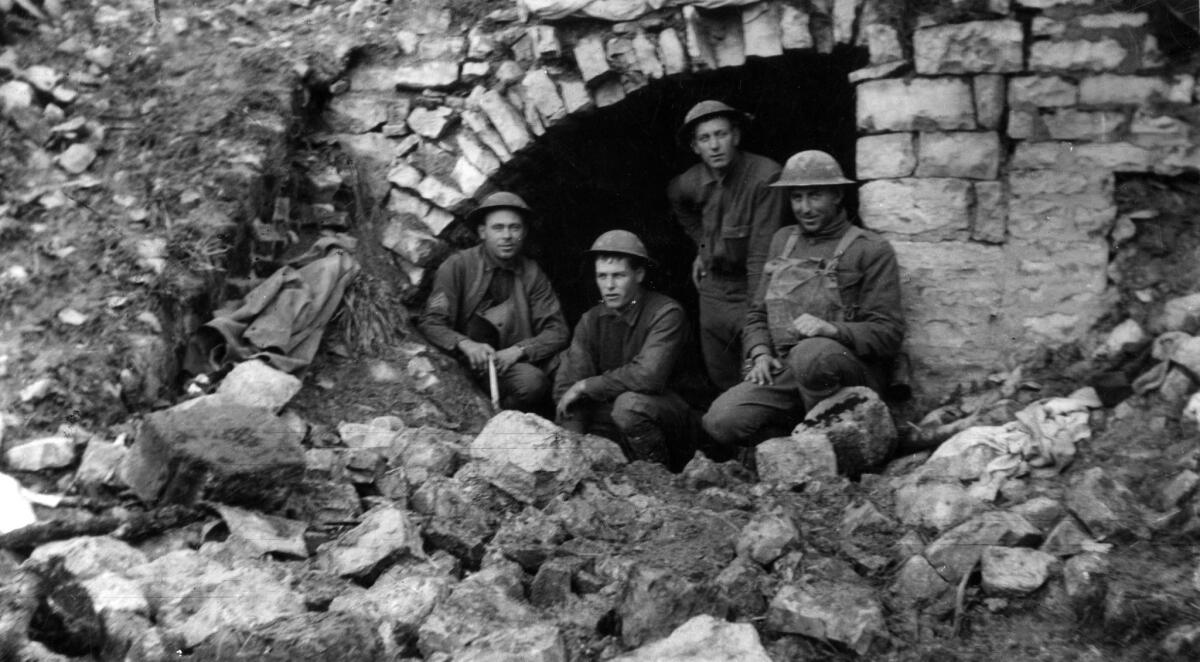
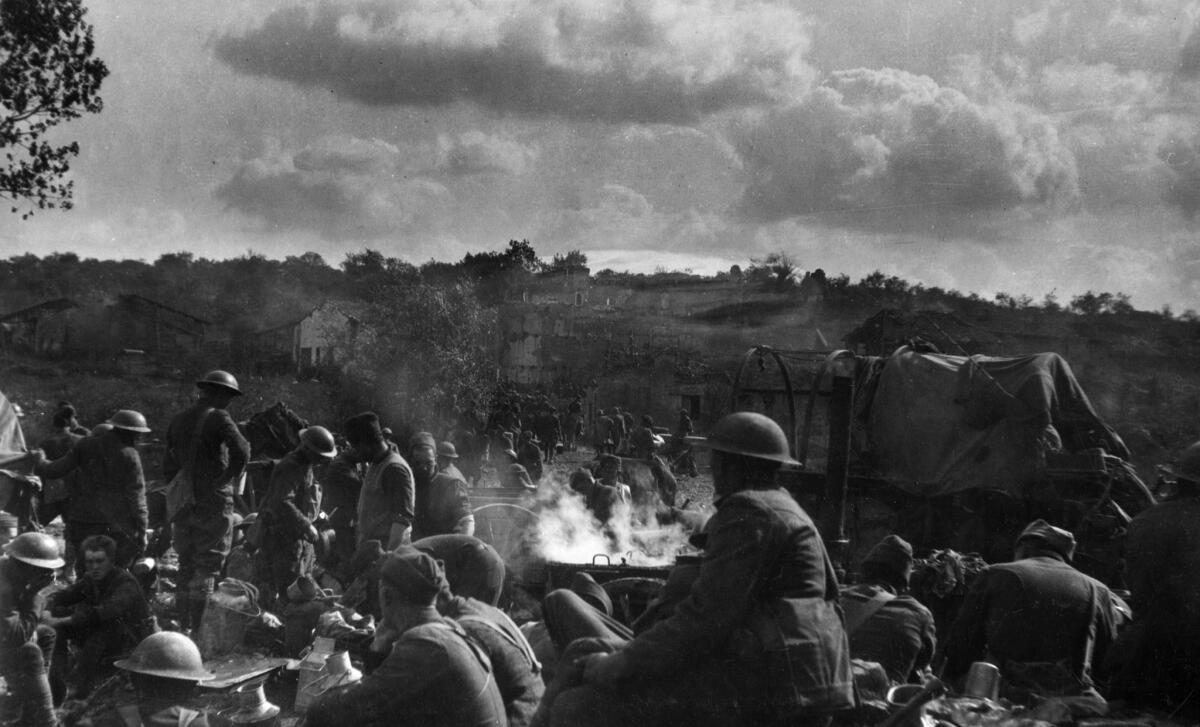

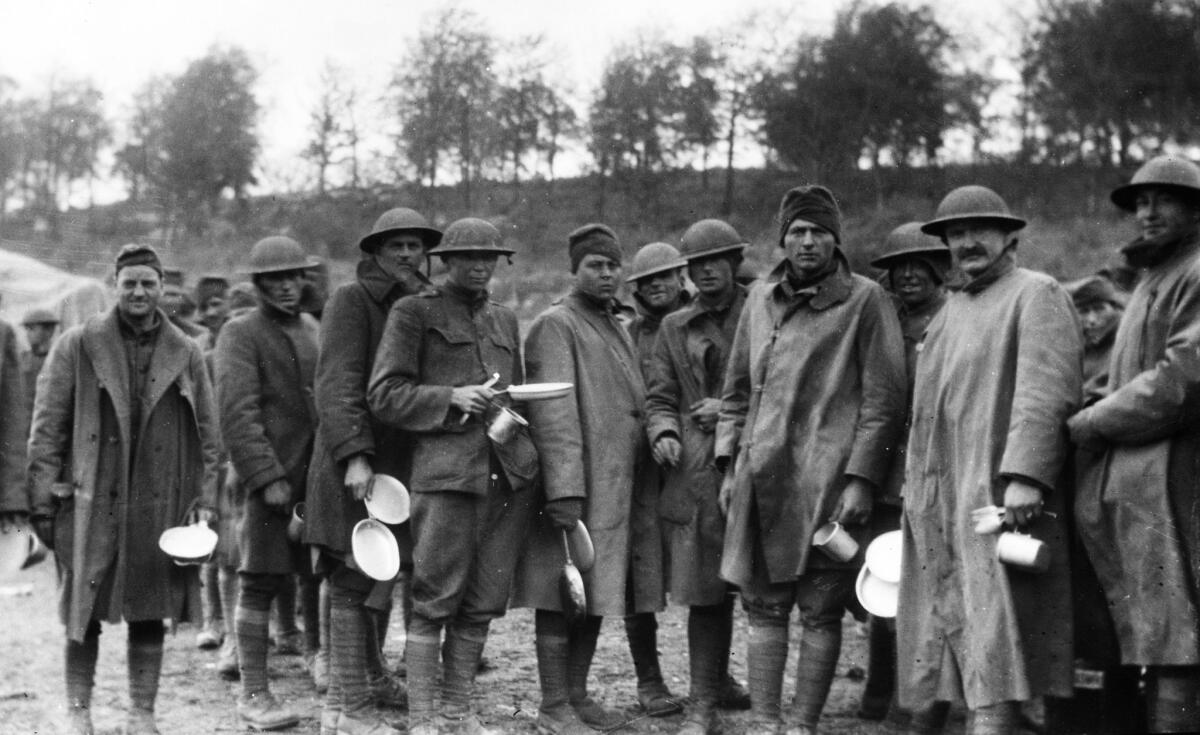

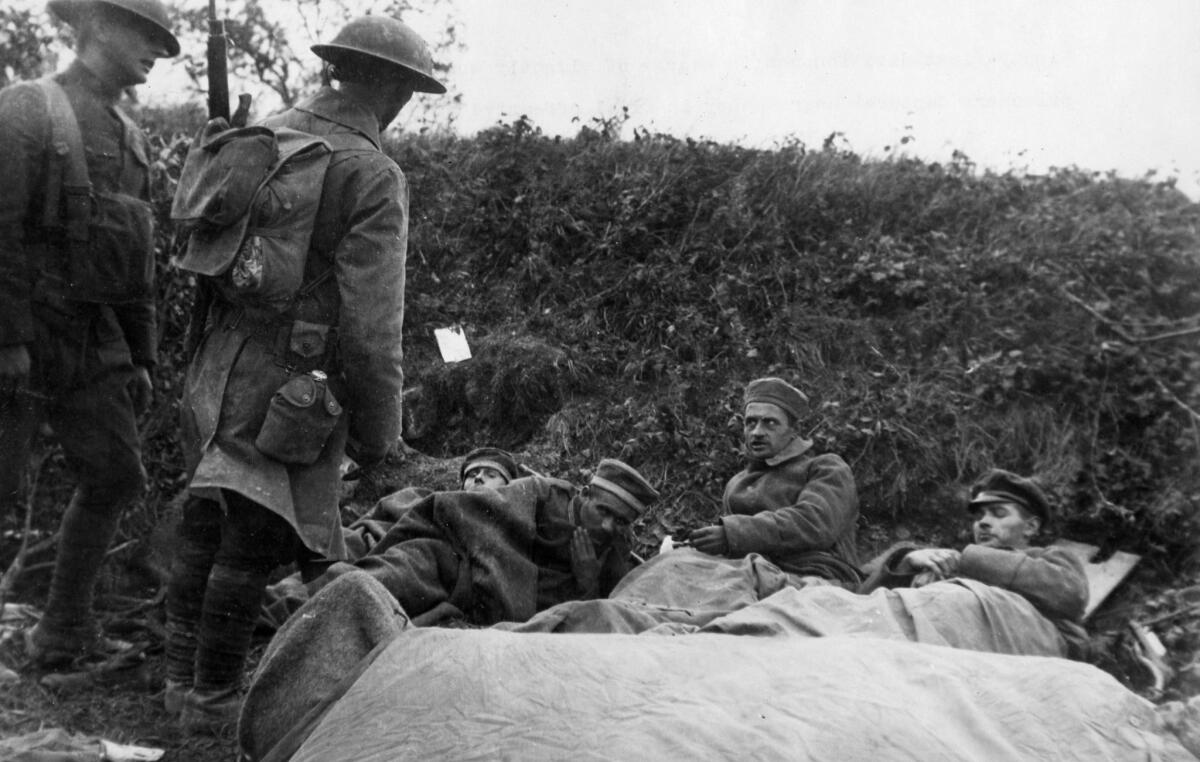
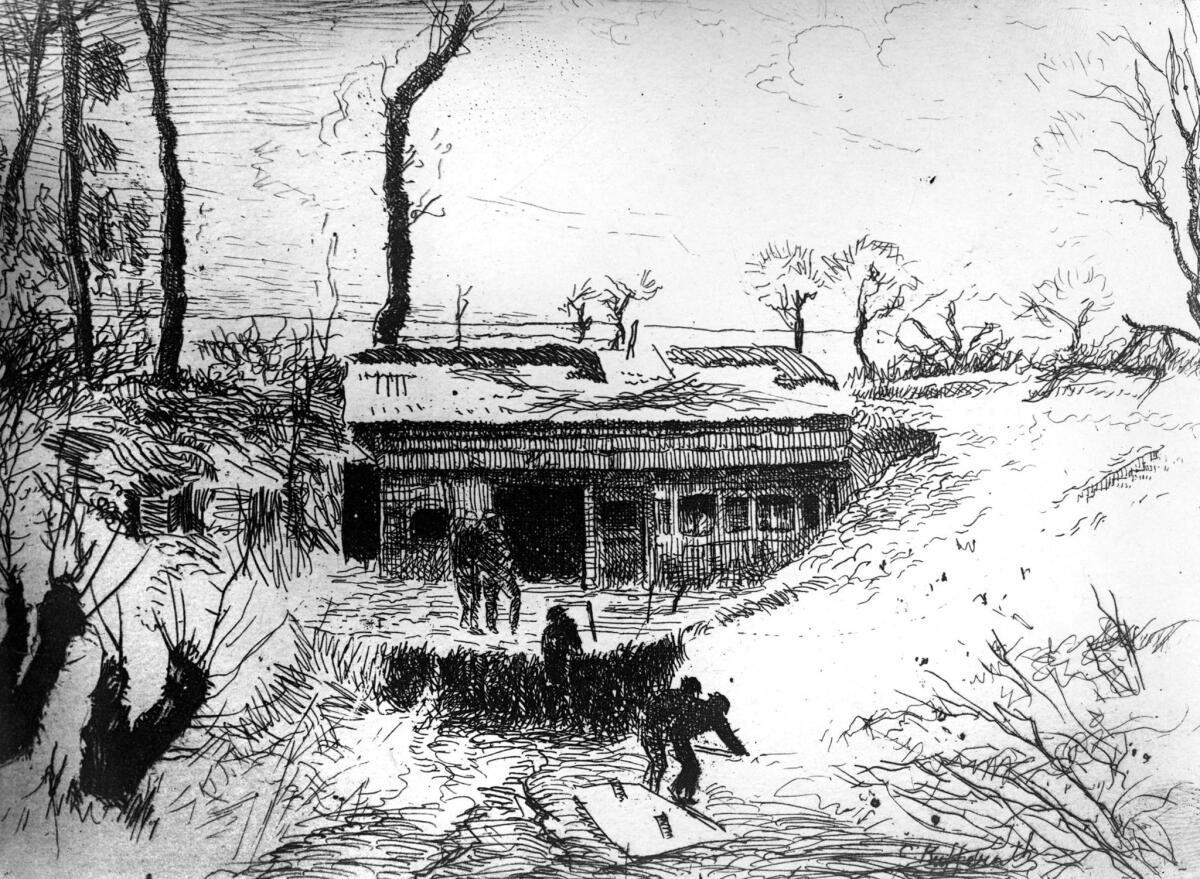
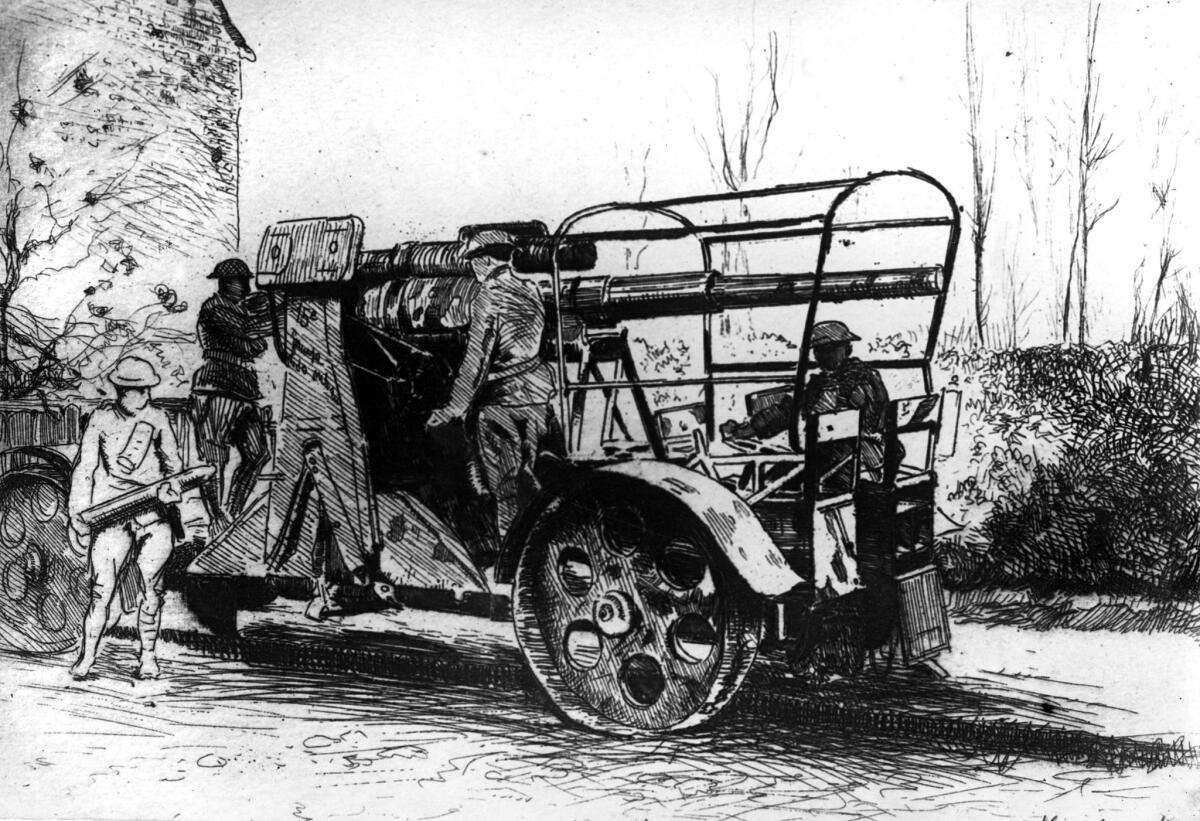
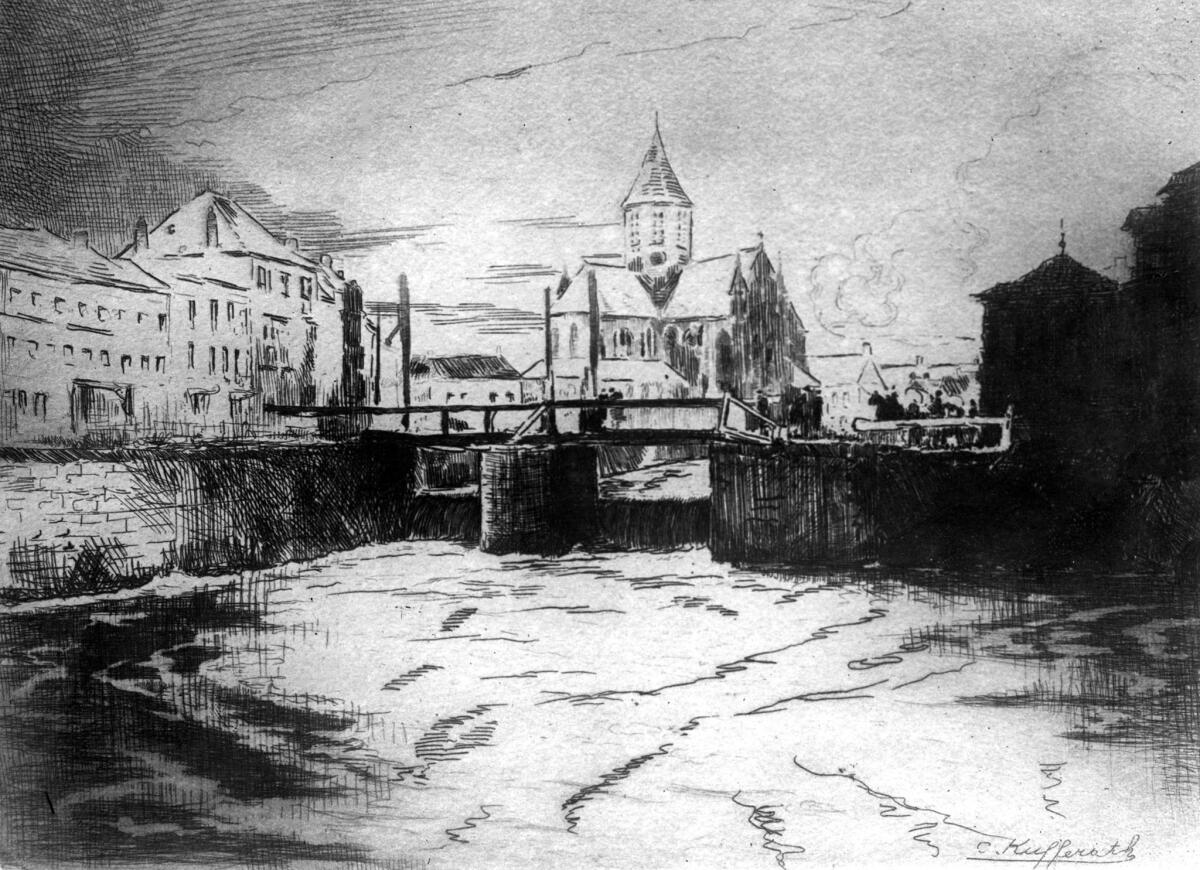
Sign up for The Wild
We’ll help you find the best places to hike, bike and run, as well as the perfect silent spots for meditation and yoga.
You may occasionally receive promotional content from the Los Angeles Times.



